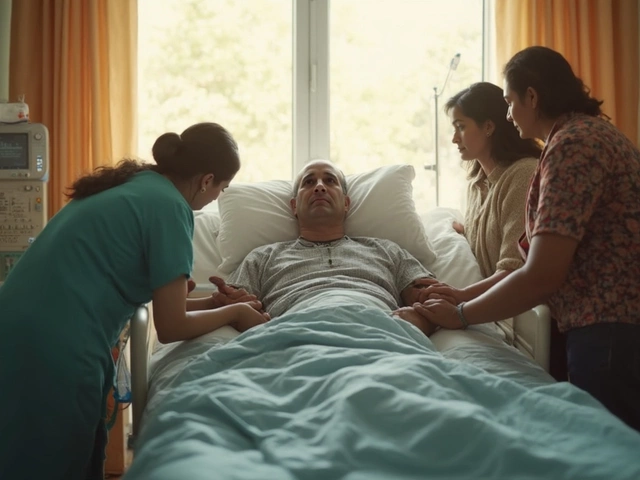Discover which nations let seniors use U.S. Medicare abroad, the type of coverage offered, and how to plan a safe medical tourism trip.
Read MoreMedical Tourism Medicare
When talking about Medical Tourism Medicare, the practice of seeking affordable, high‑quality medical care outside one’s home country while leveraging Medicare coverage where possible. Also known as cross‑border Medicare care, it blends insurance rules with global health markets. Two other forces shape this space: Cost of Living, the everyday expense level in a destination that directly affects out‑of‑pocket medical bills and Health Disparities, unequal health outcomes among different populations that drive patients to look abroad for better or cheaper treatment. Understanding how these entities interact helps you decide if traveling for care makes sense.
One of the biggest draws of medical tourism Medicare is the chance to get pricey procedures for a fraction of the U.S. price. Take knee replacement surgery – a common choice for people with severe arthritis. In the U.S., a total knee arthroplasty can cost upward of $50,000, while many Indian or Southeast Asian clinics charge $8,000–$12,000, still within Medicare’s allowable amount in some cases. This price gap exists because cost of living in those countries is lower, allowing hospitals to run with less overhead. The lower expense doesn’t mean lower quality; many centers boast board‑certified orthopedic surgeons and fast recovery protocols, which directly lowers the risk of infection and clot formation that can accompany delayed surgery.
Beyond orthopedics, reproductive treatments illustrate the same pattern. IVF costs vary wildly across states, but travelling to a country with a modest IVF Cost, the price per cycle for in‑vitro fertilization, often under $3,000 can save patients tens of thousands of dollars. Some Medicare Advantage plans even allow partial reimbursement for services performed abroad if the provider meets certain accreditation standards. The same logic applies to weight‑loss medications like Mounjaro; patients can access the drug at a lower price through international pharmacies while still meeting Medicare’s prescription rules, provided they navigate insurance paperwork correctly.
While cost savings are tempting, travelers must also think about supporting health habits that keep results durable. Nutrition plays a huge role, and many medical tourists lean on the World’s Healthiest Food, nutrient‑dense options like fatty fish, leafy greens, and fermented foods that boost recovery and overall wellness. Pairing these foods with vetted herbal supplements – for example, checking third‑party testing and dosage instructions – reduces the risk of adverse reactions, especially when returning home and re‑entering the Medicare system. A careful supplement check also avoids herbs that can trigger anxiety or interact with prescription meds, a concern highlighted in recent safety guides.
All these pieces – lower procedure costs, varying cost‑of‑living environments, health‑disparity motivations, and supporting lifestyle choices – create a complex but navigable map for anyone eyeing medical tourism Medicare. Below you’ll find a curated set of articles that break down each topic in depth: from the hidden risks of waiting on knee replacement to the cheapest IVF states, from safe herbal supplement buying tips to the best foods for travelers. Dive in to get the facts you need before you book that flight and schedule your procedure.





